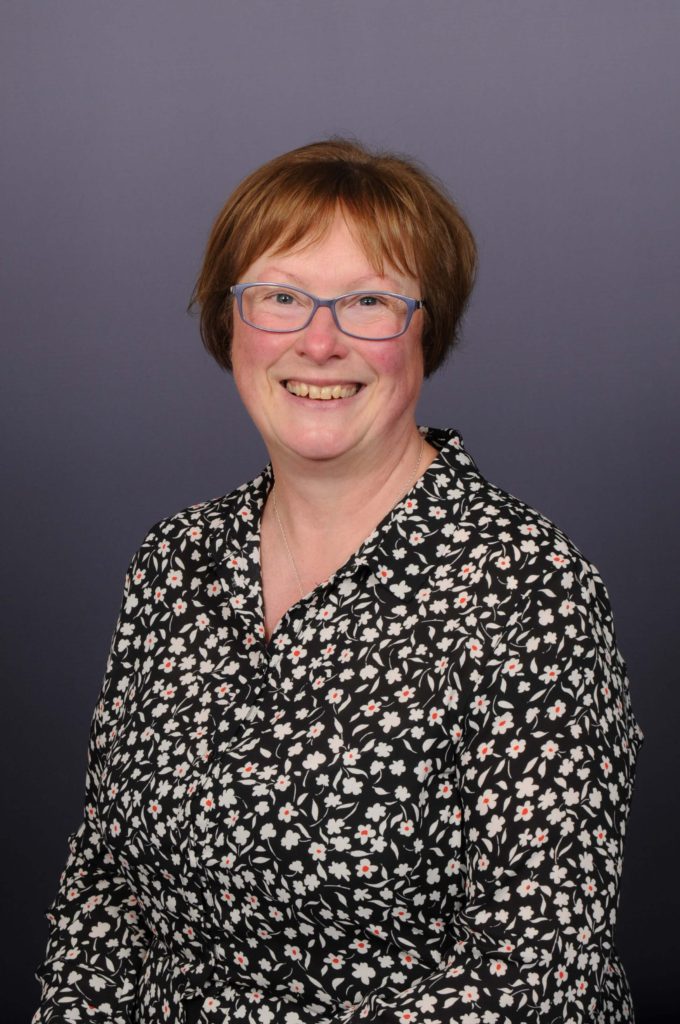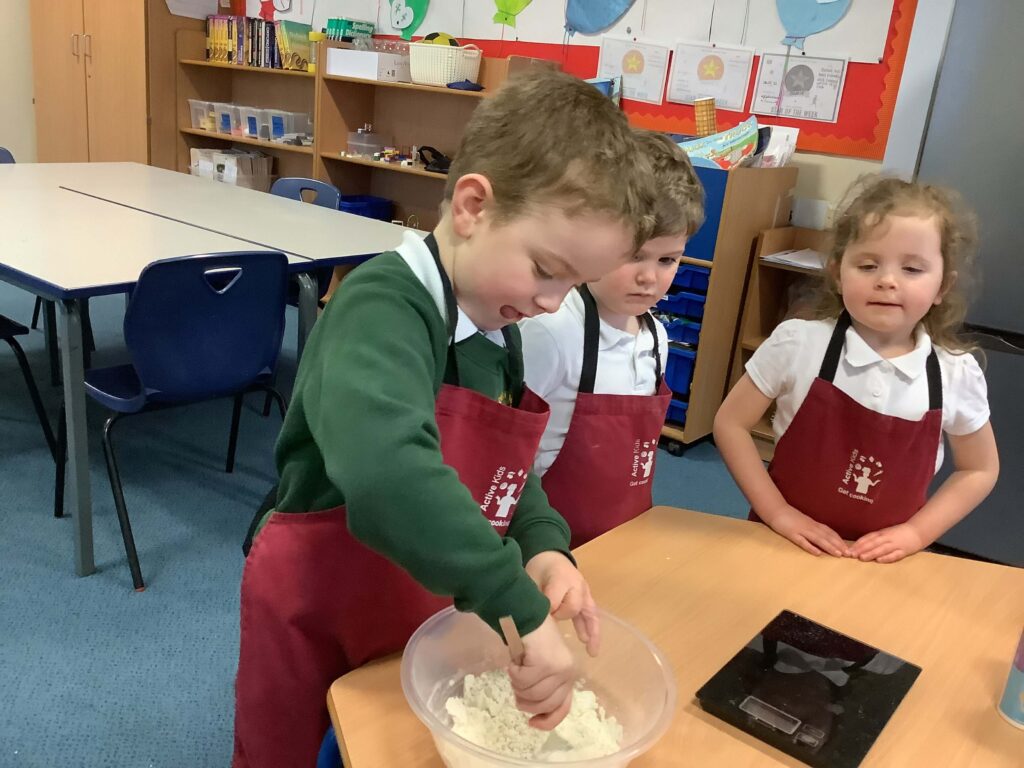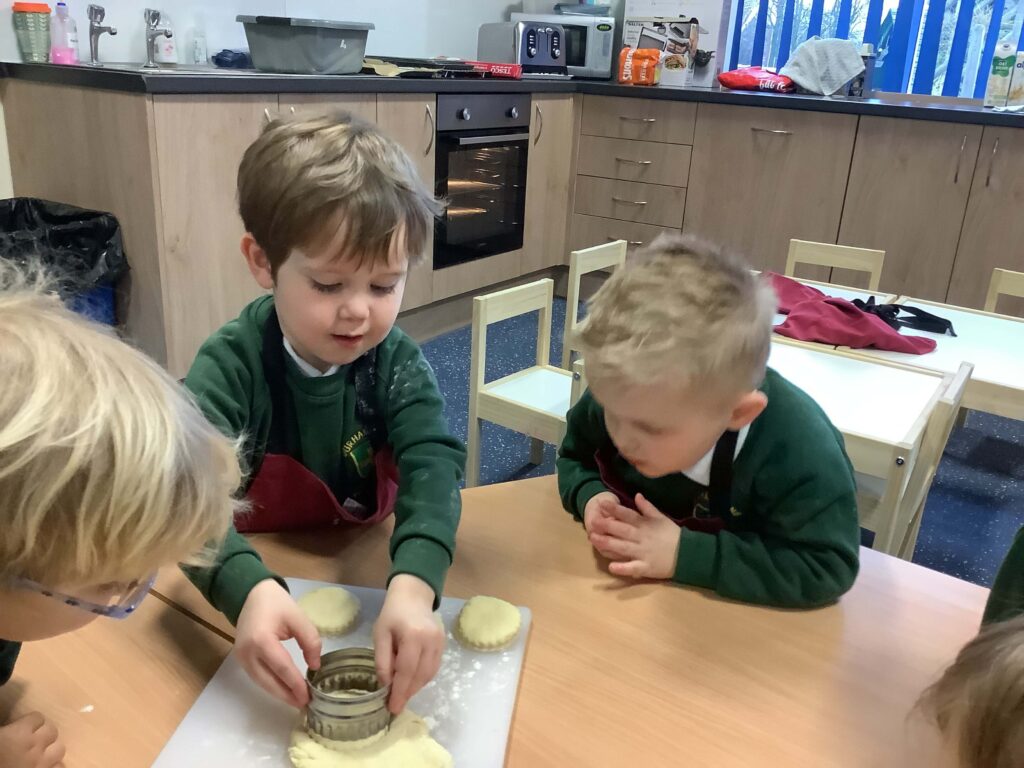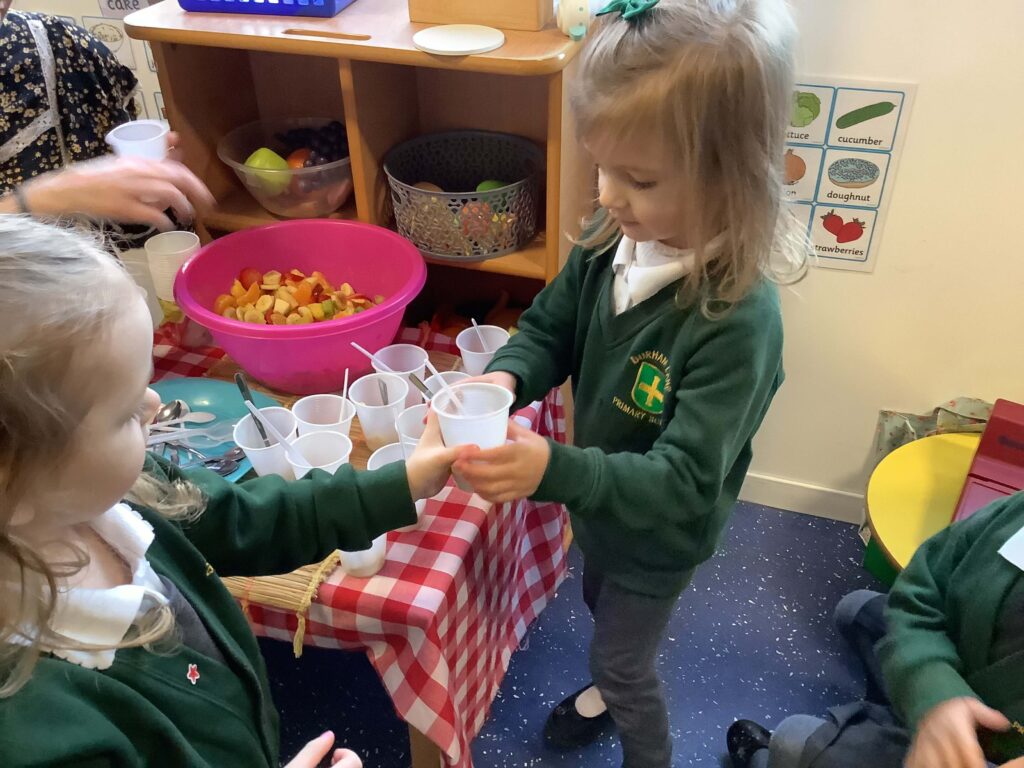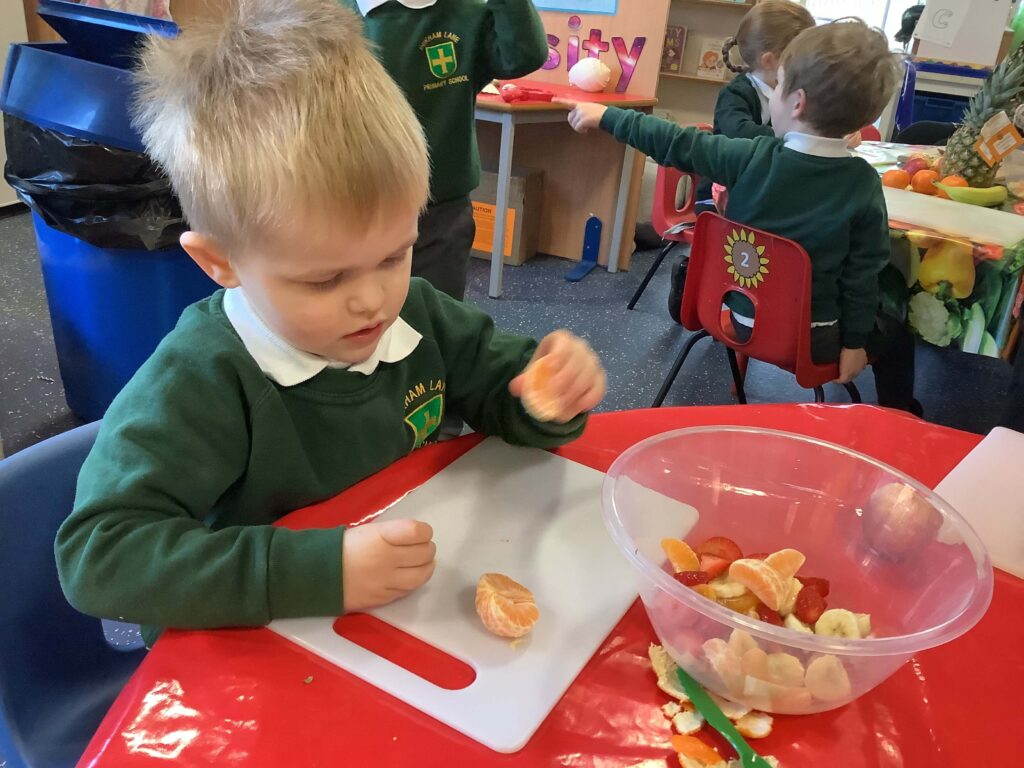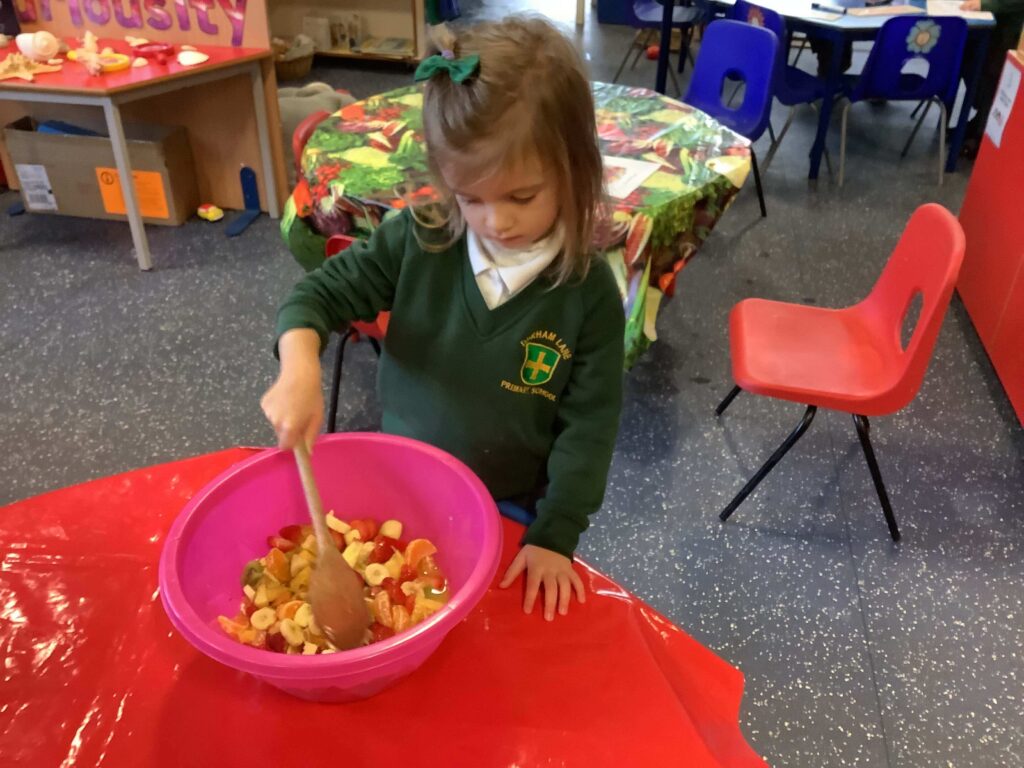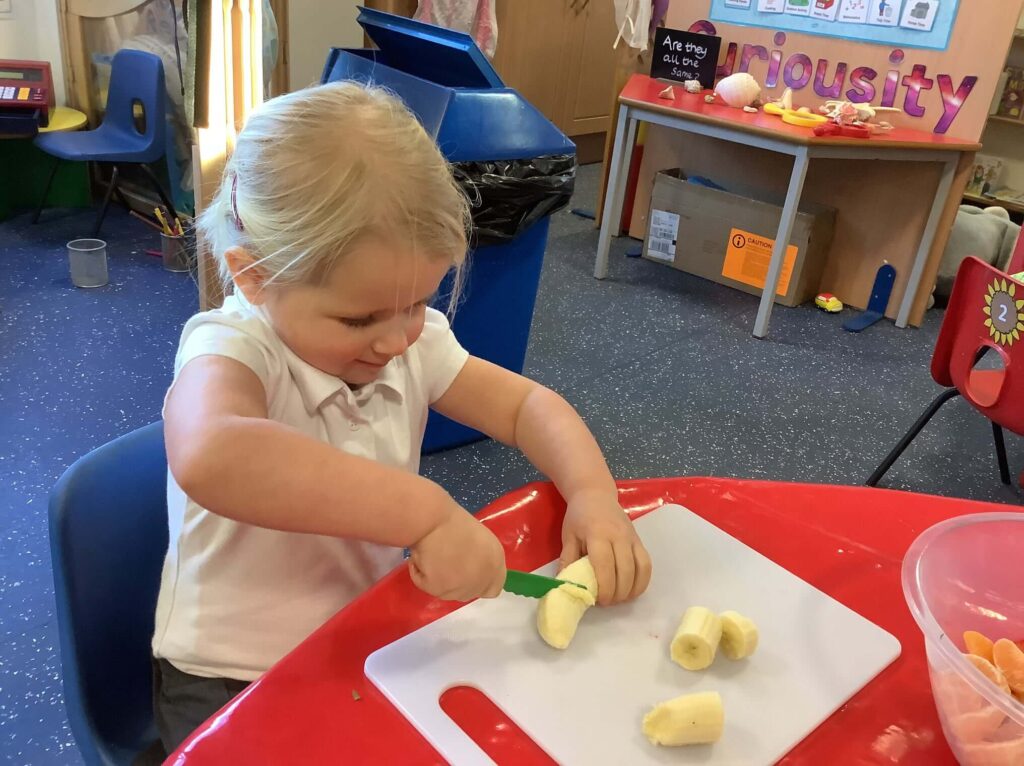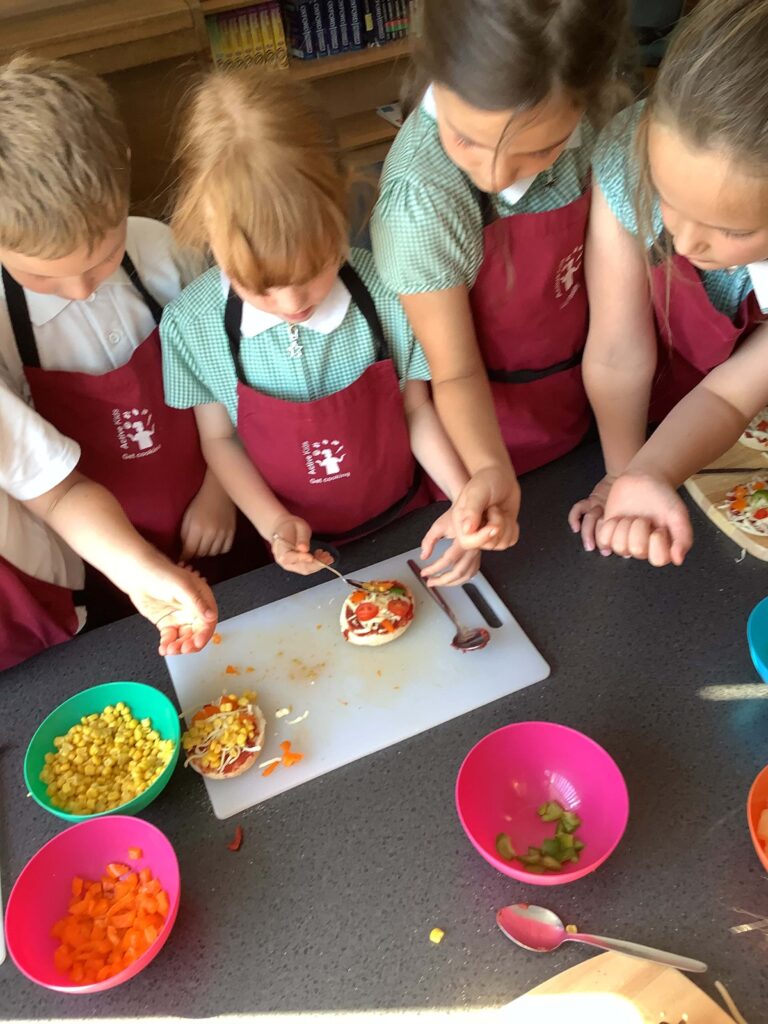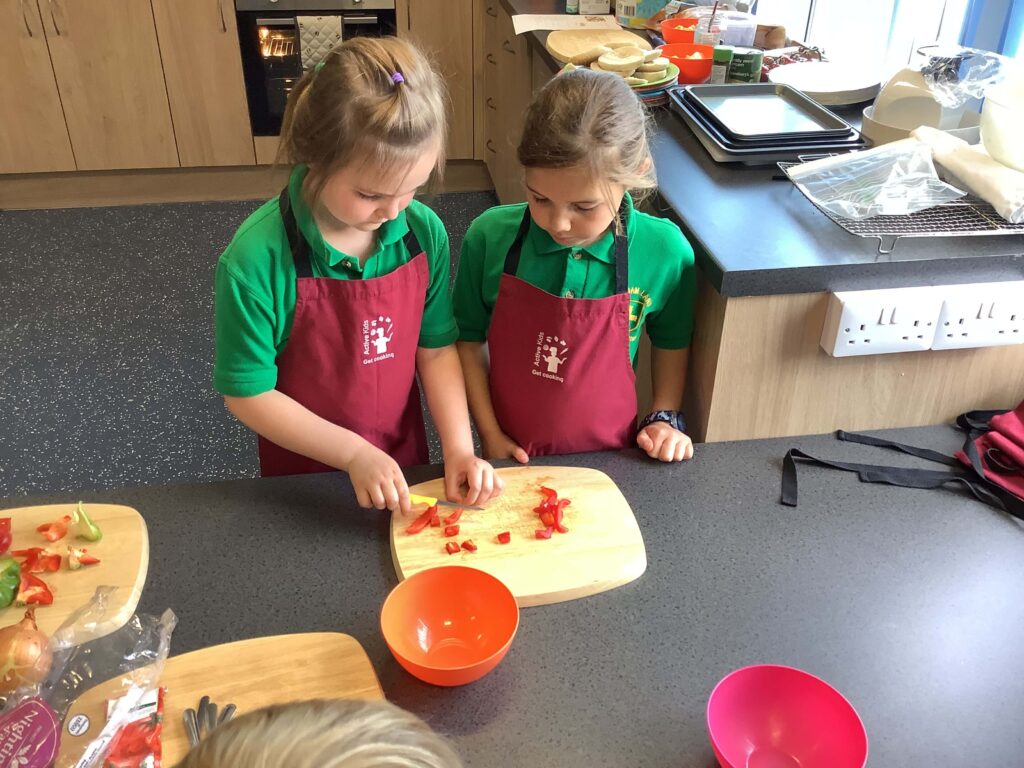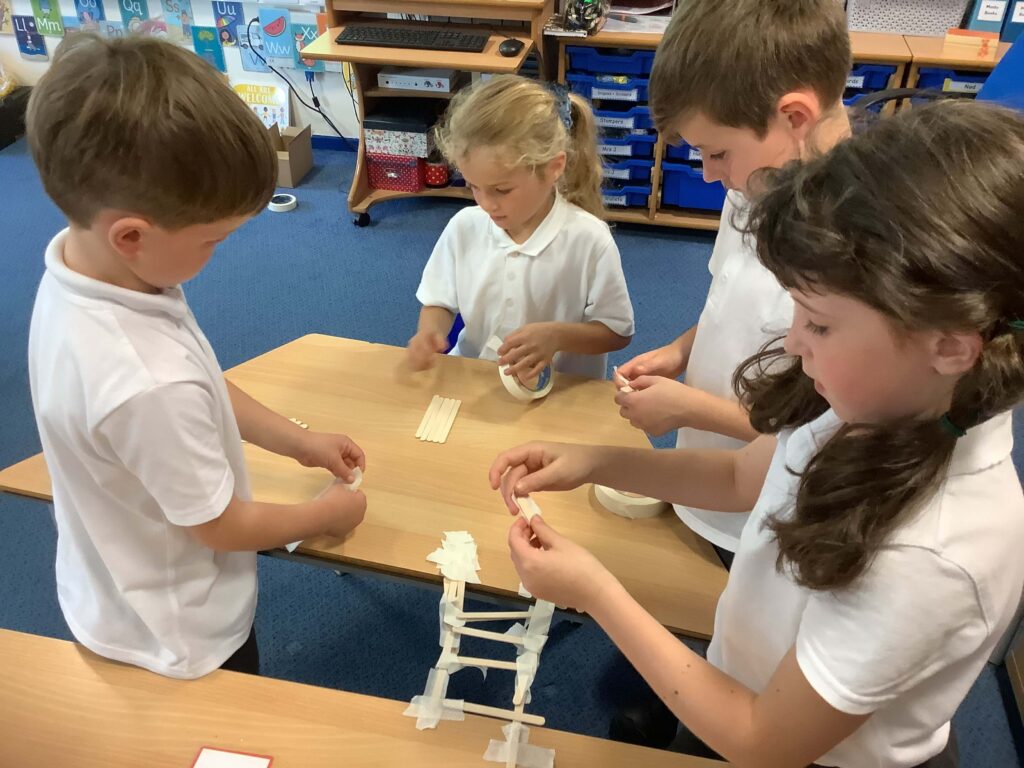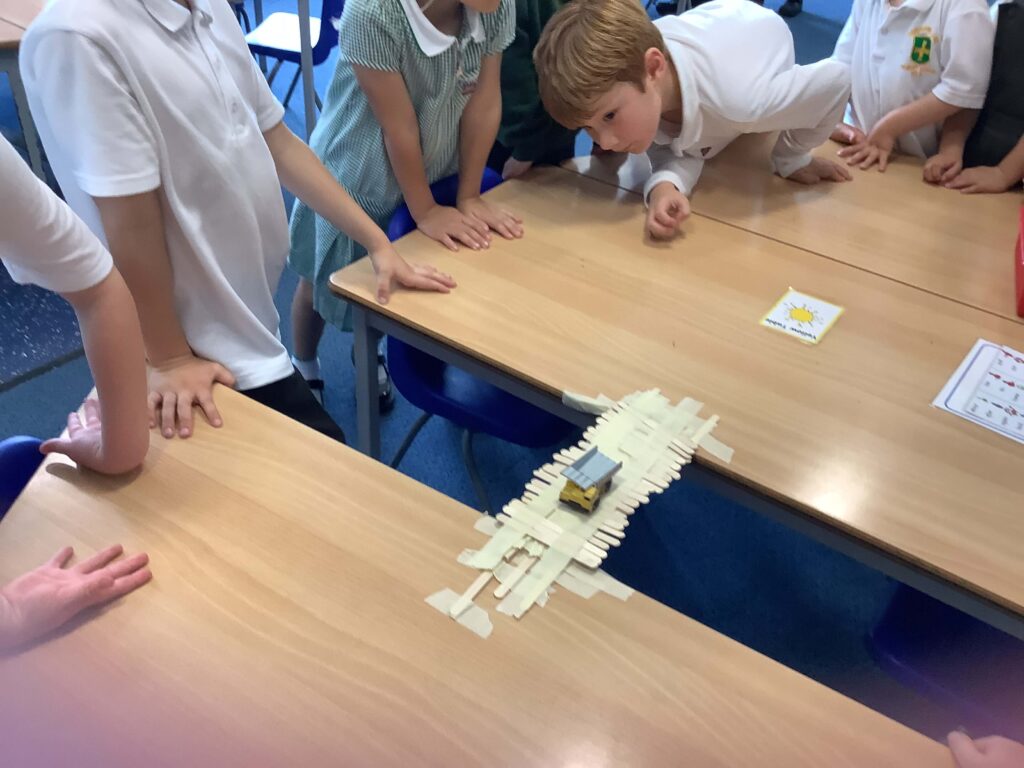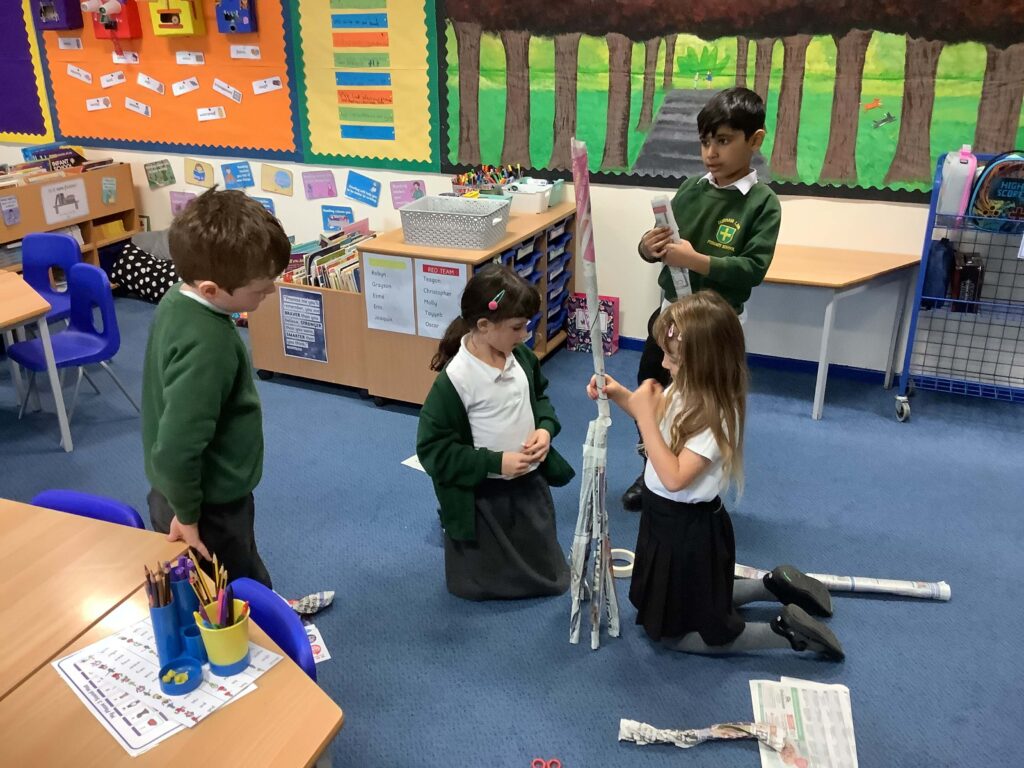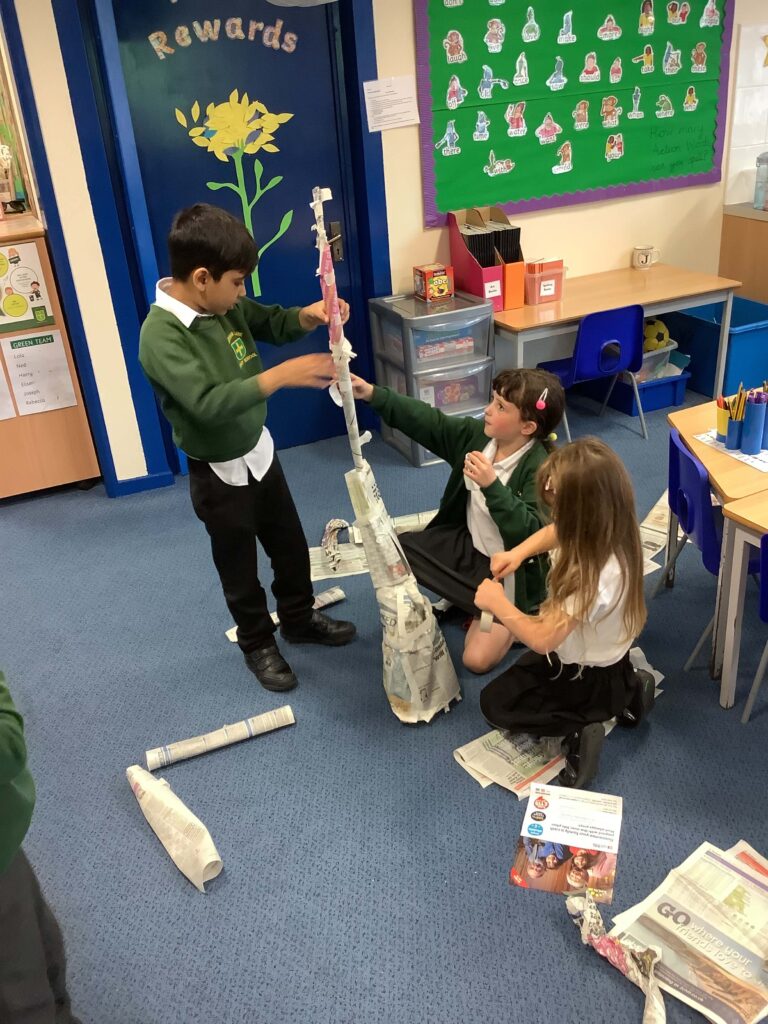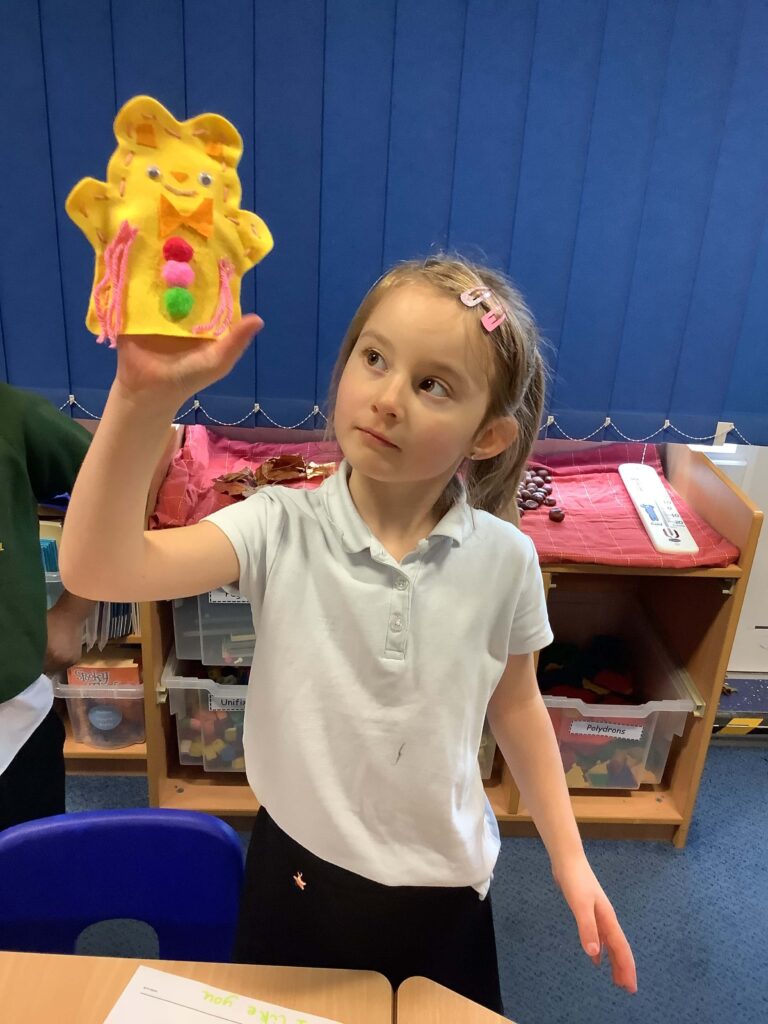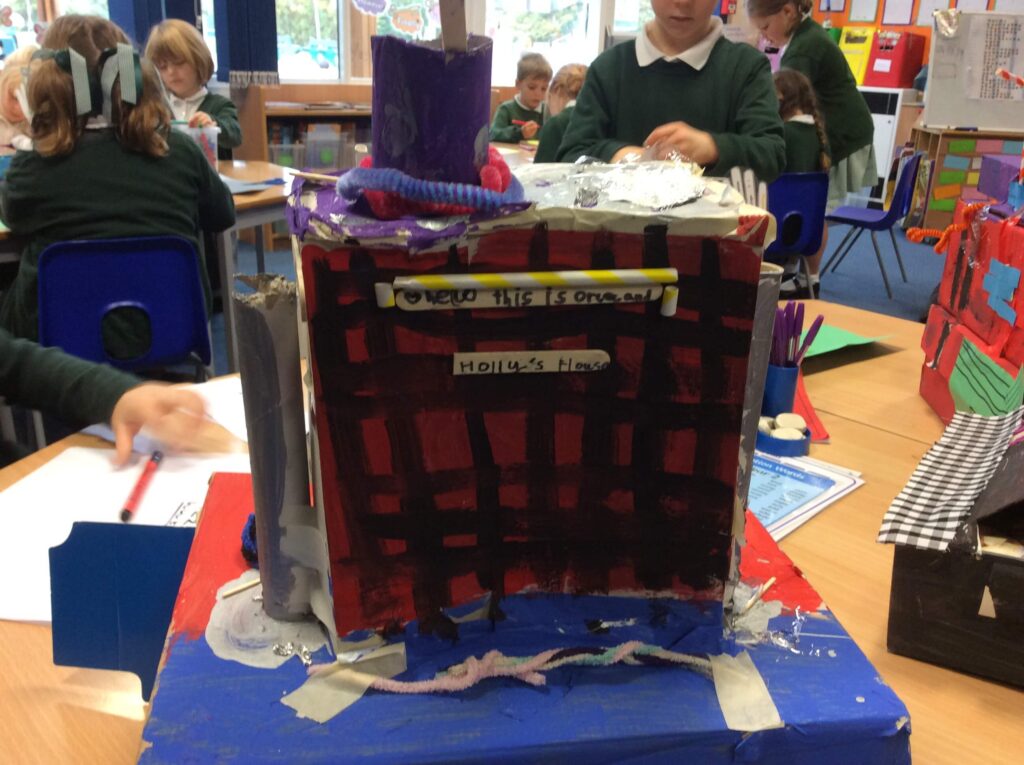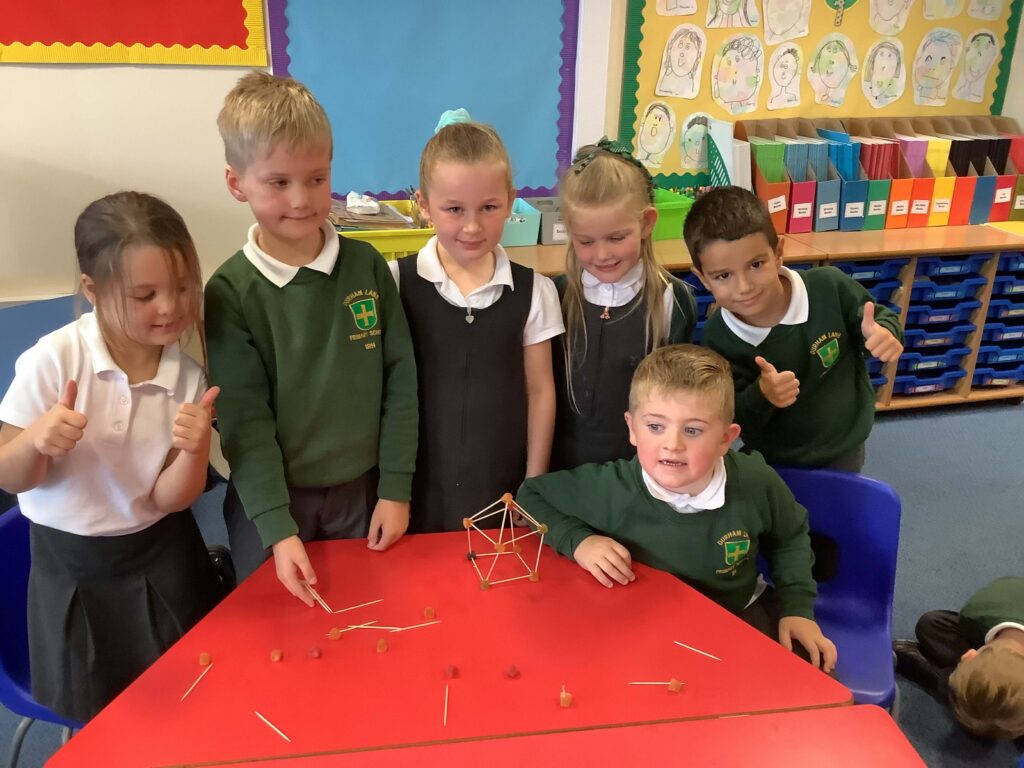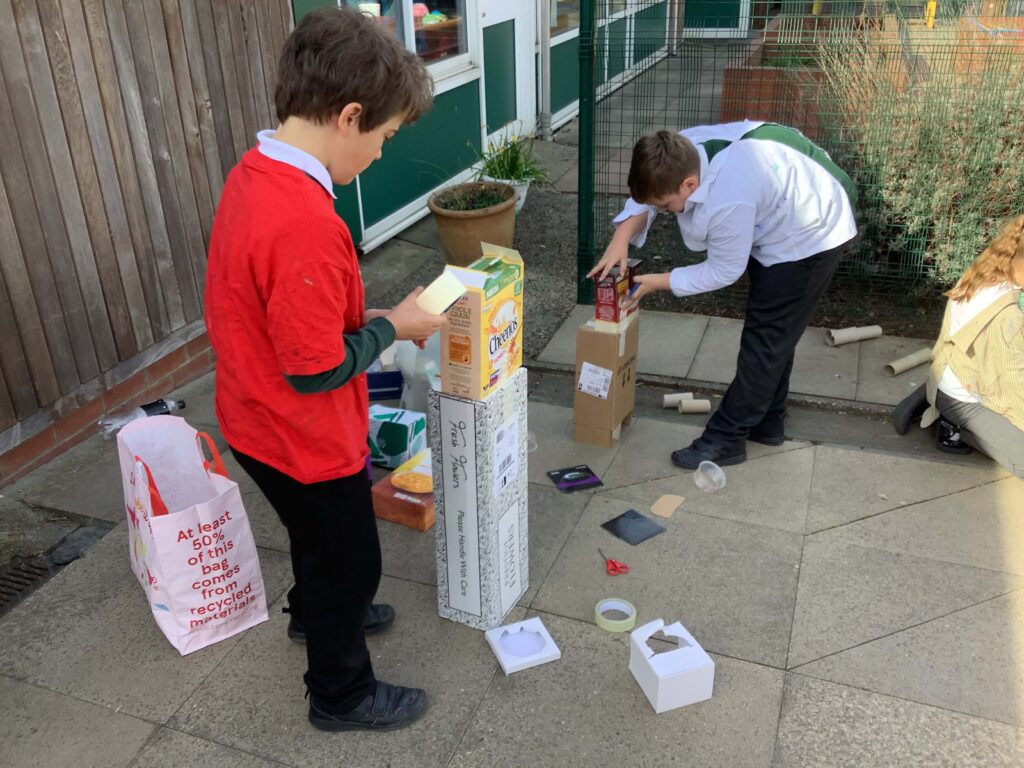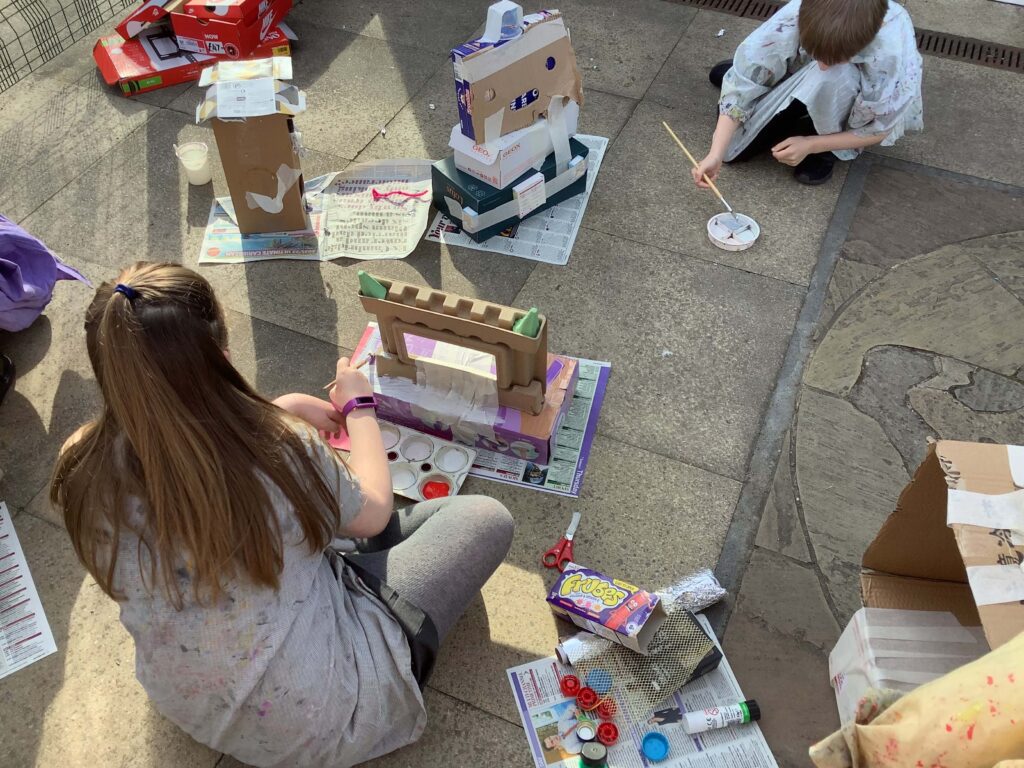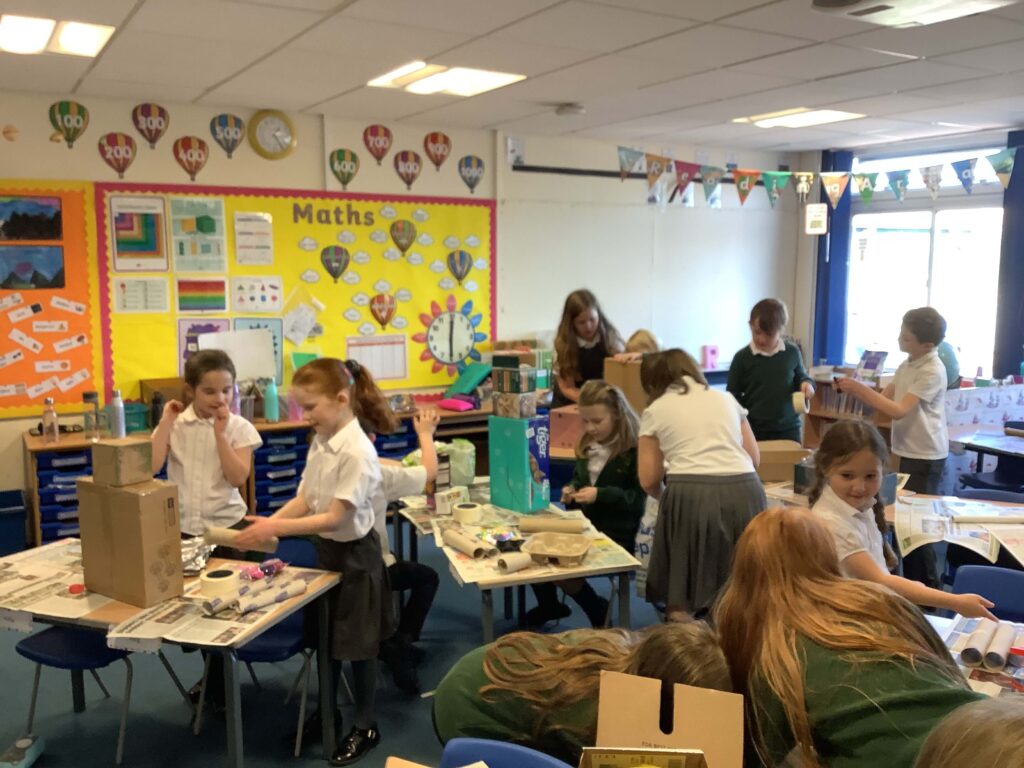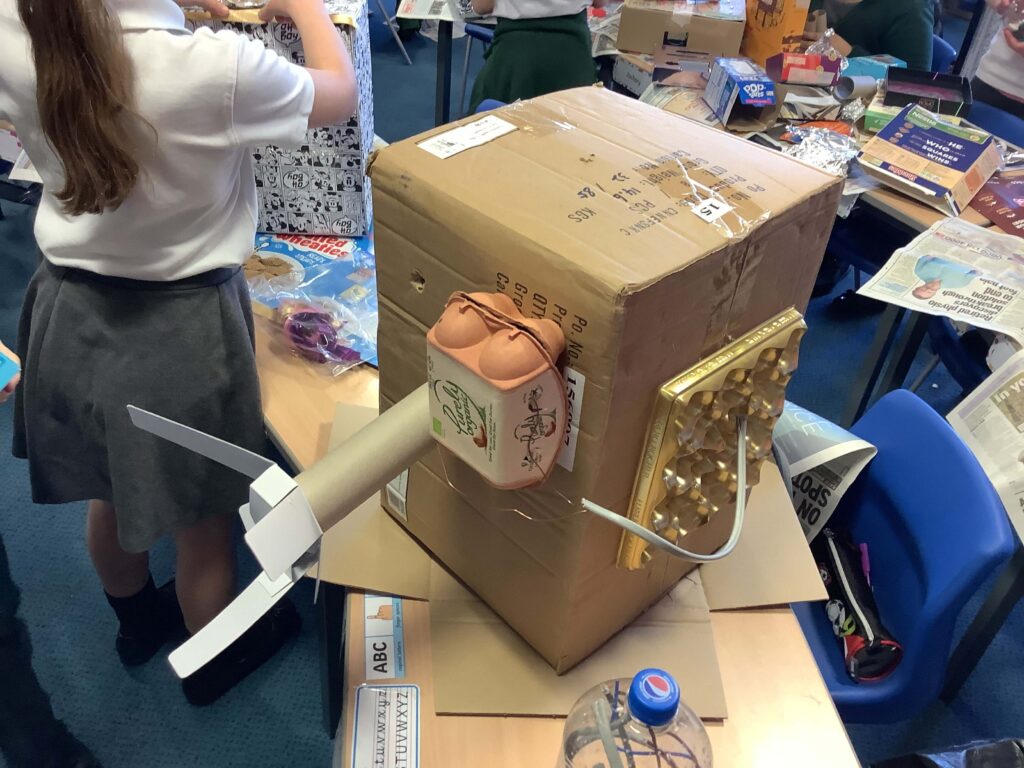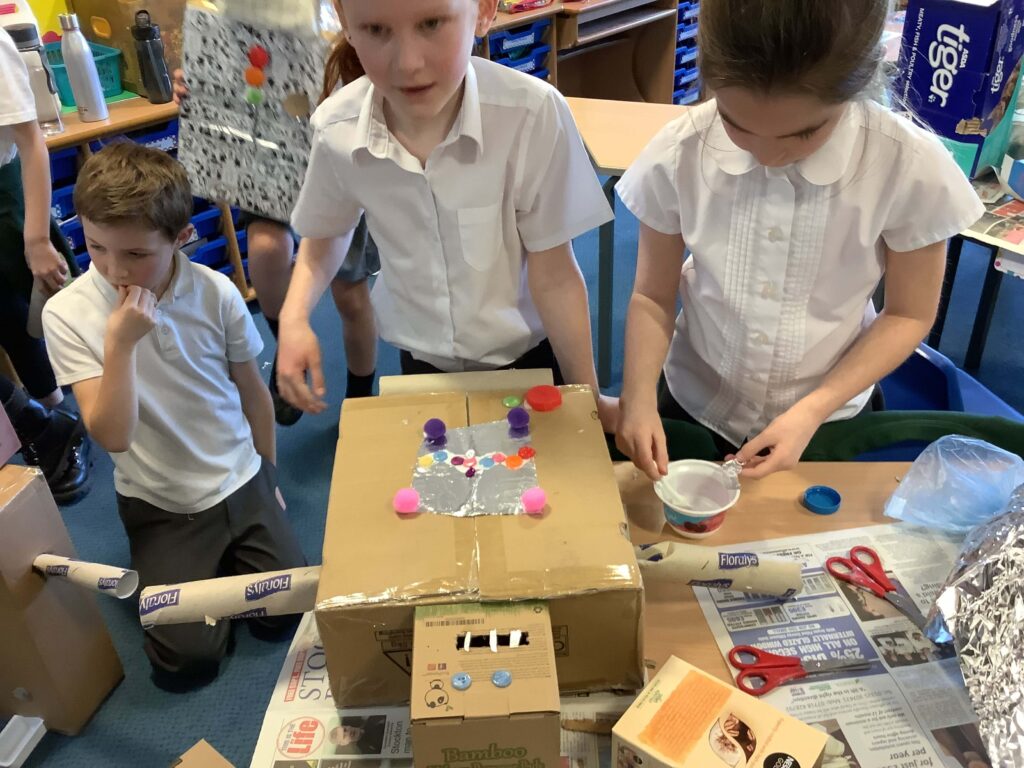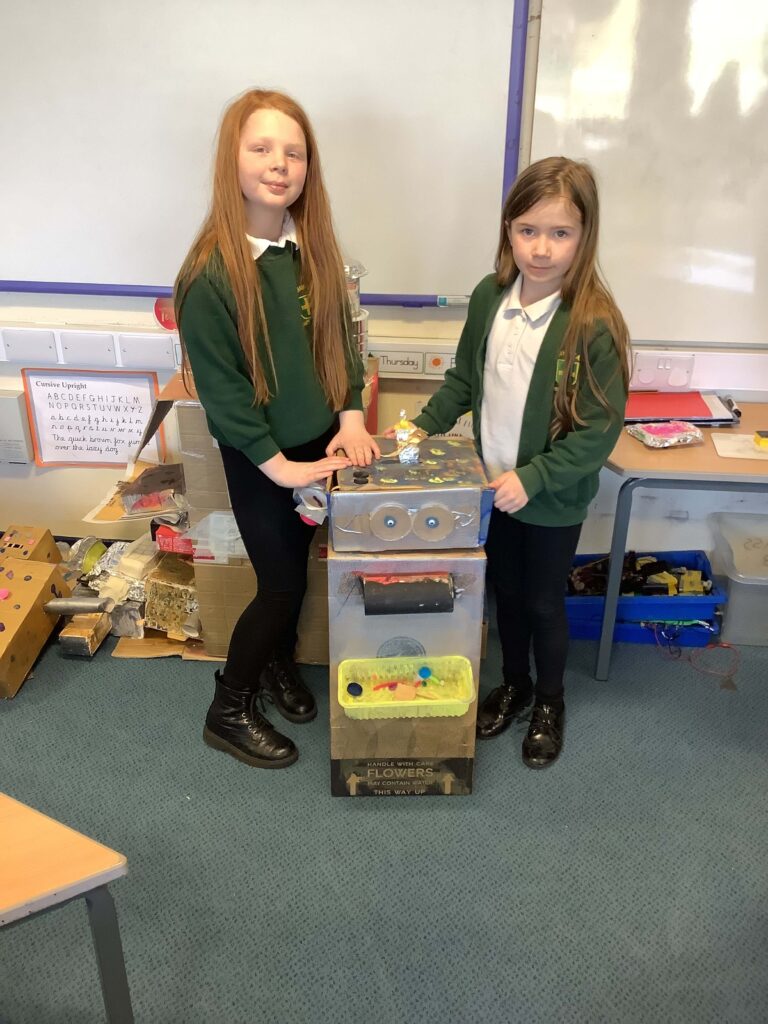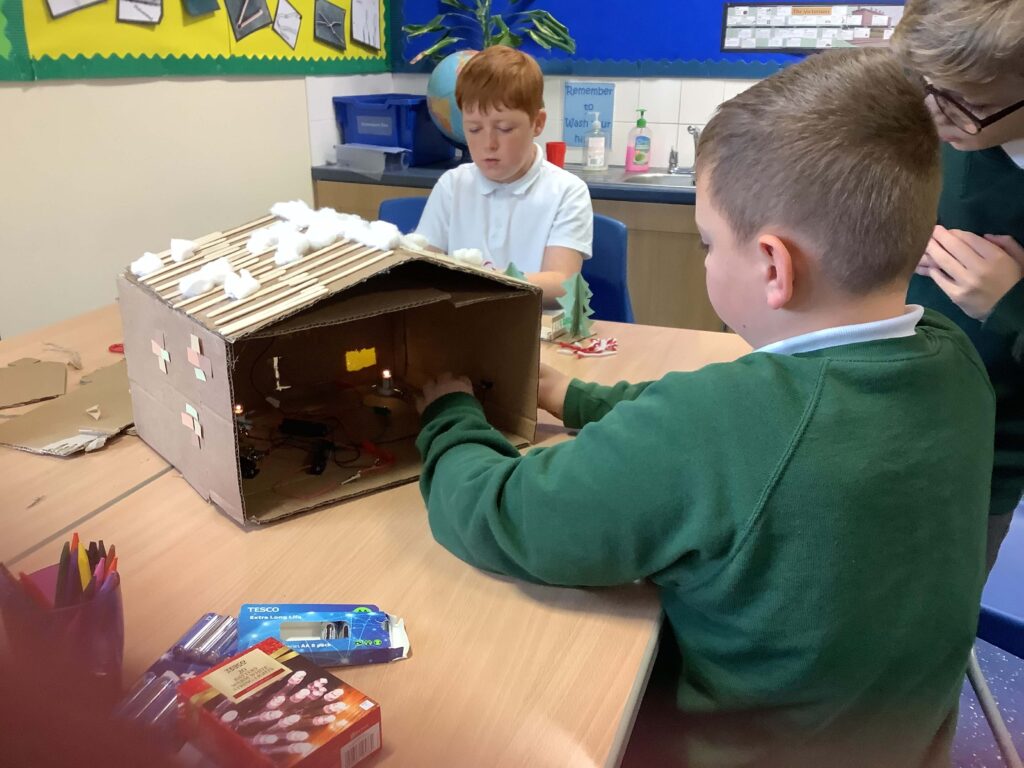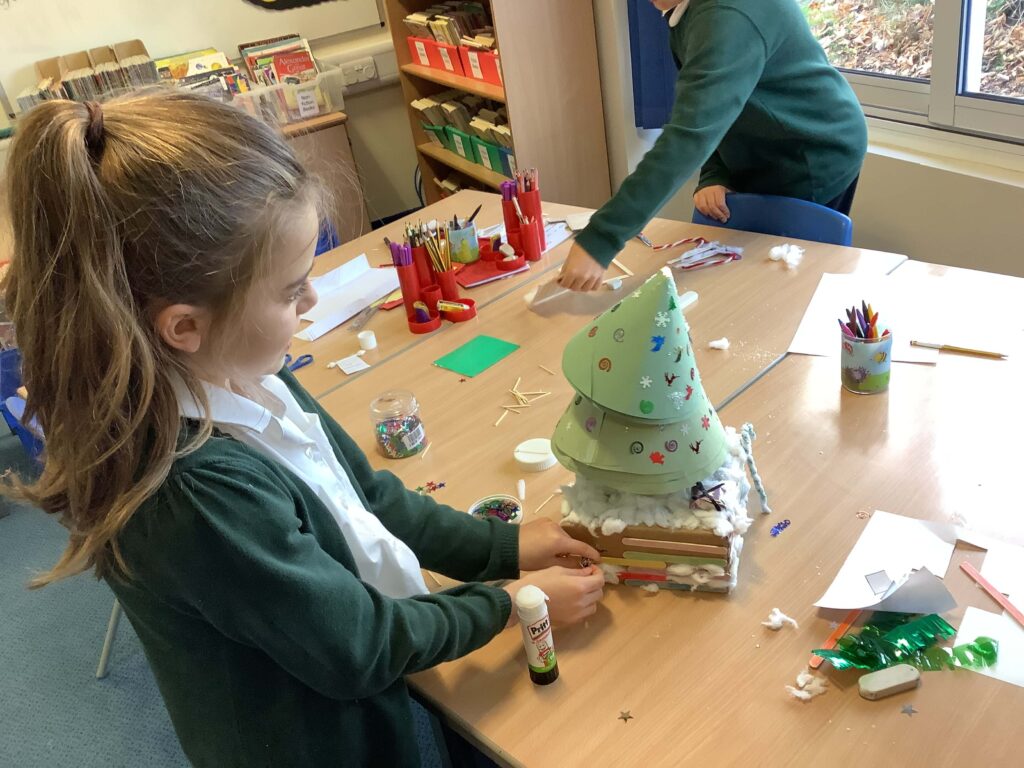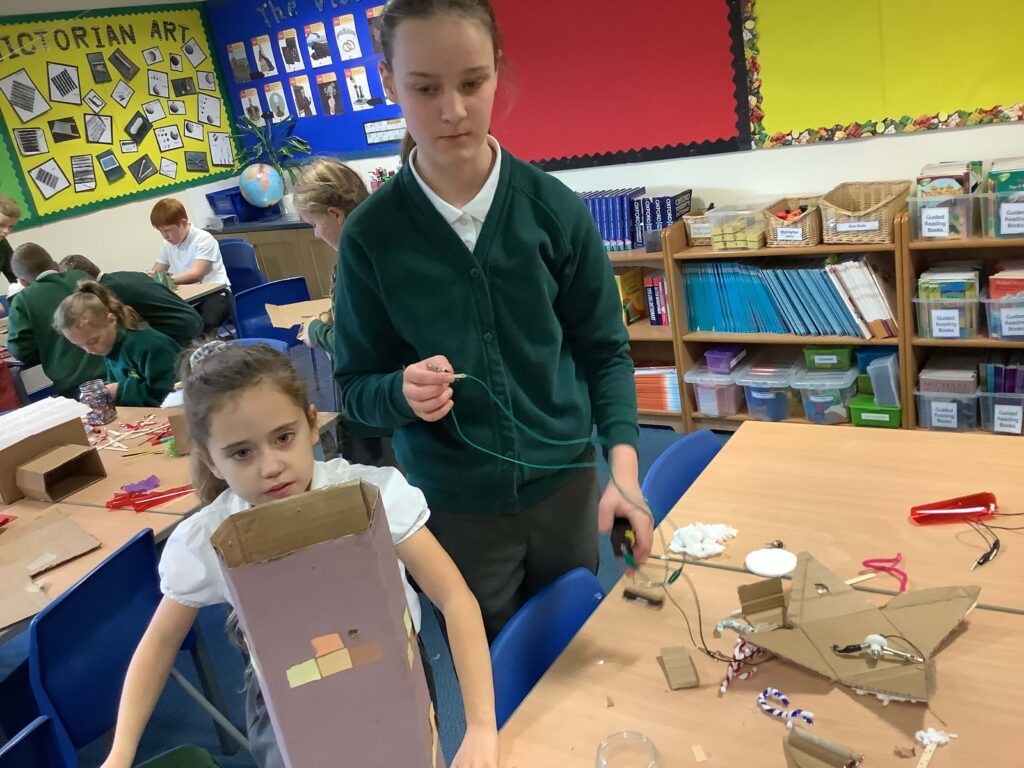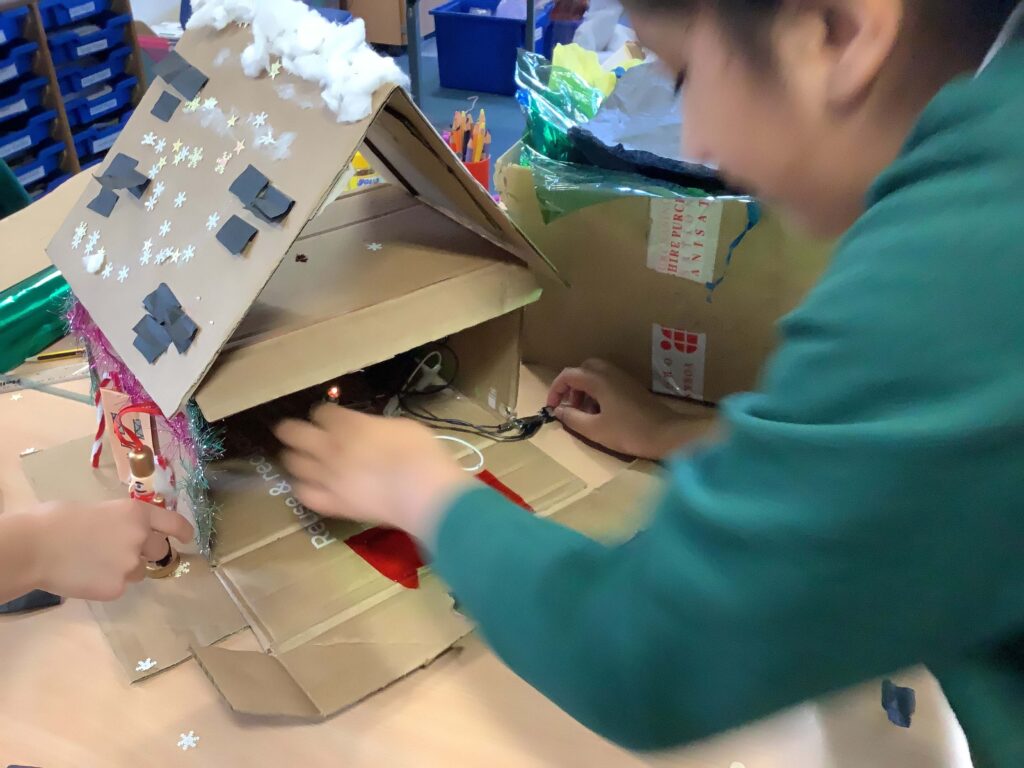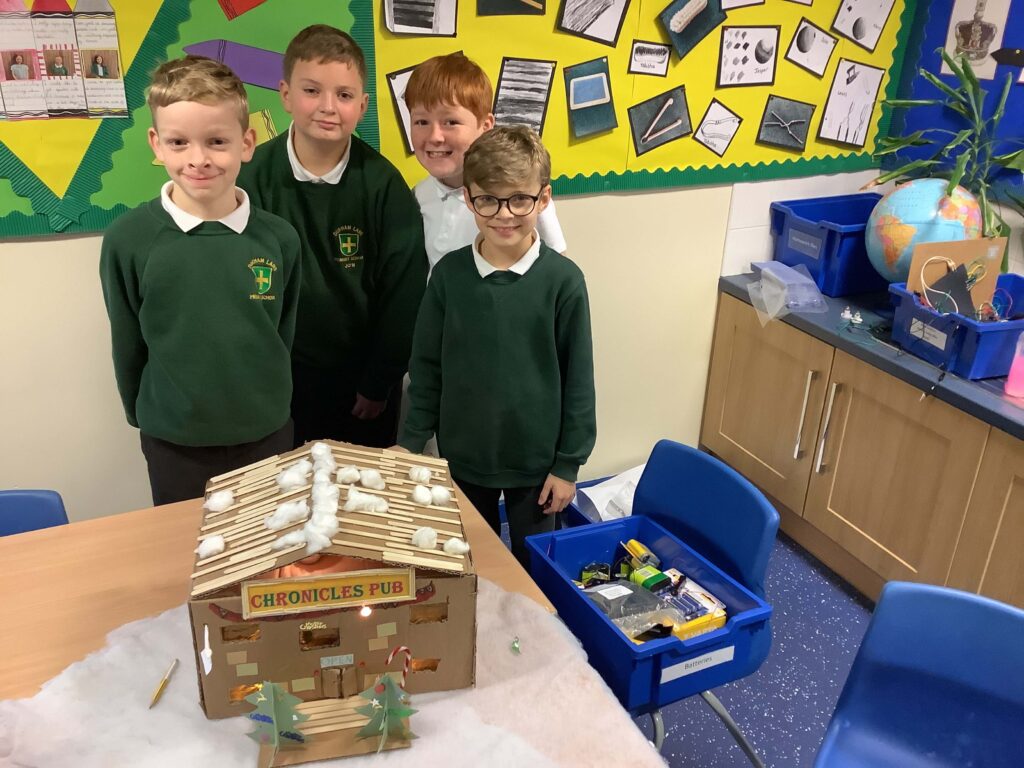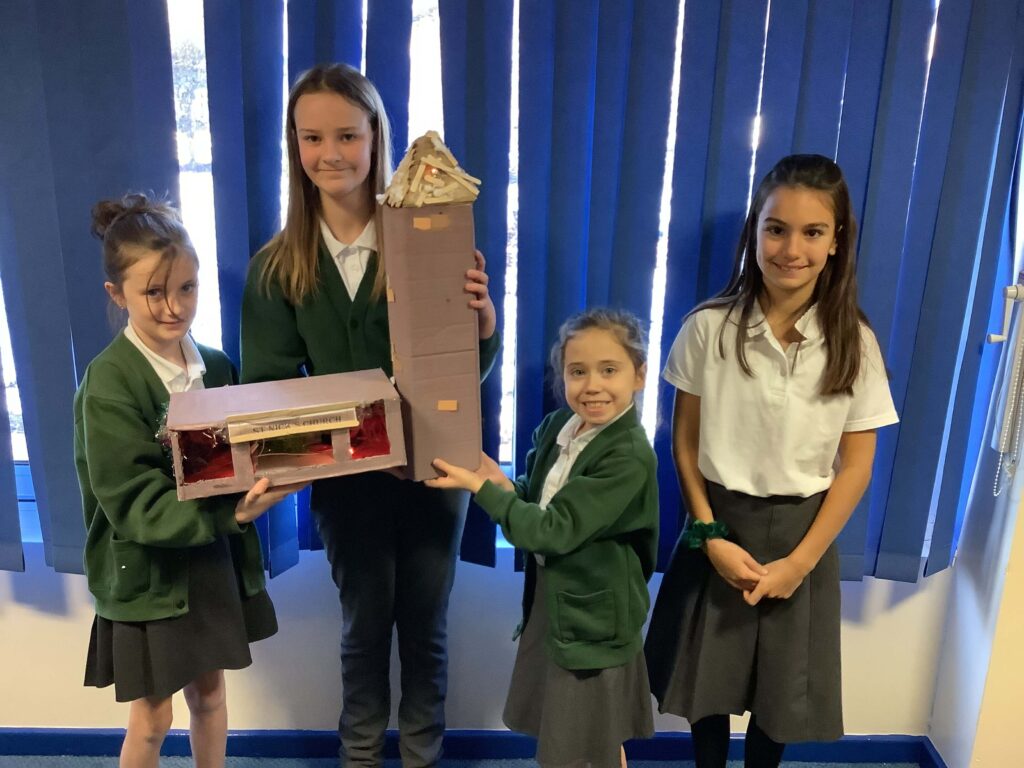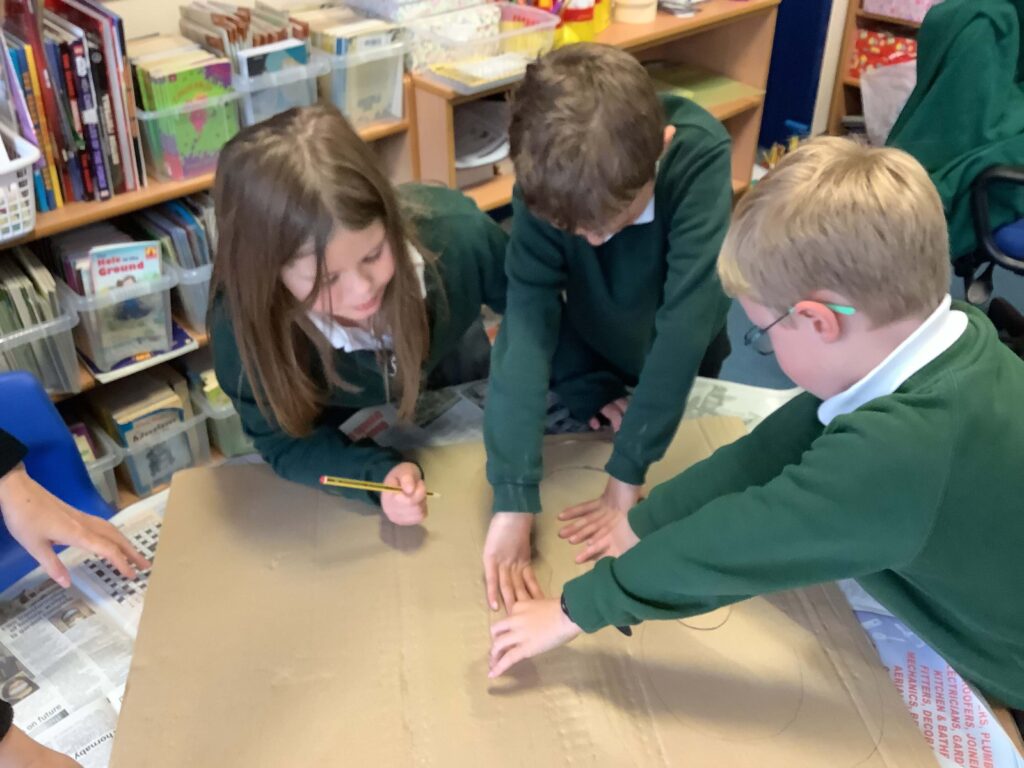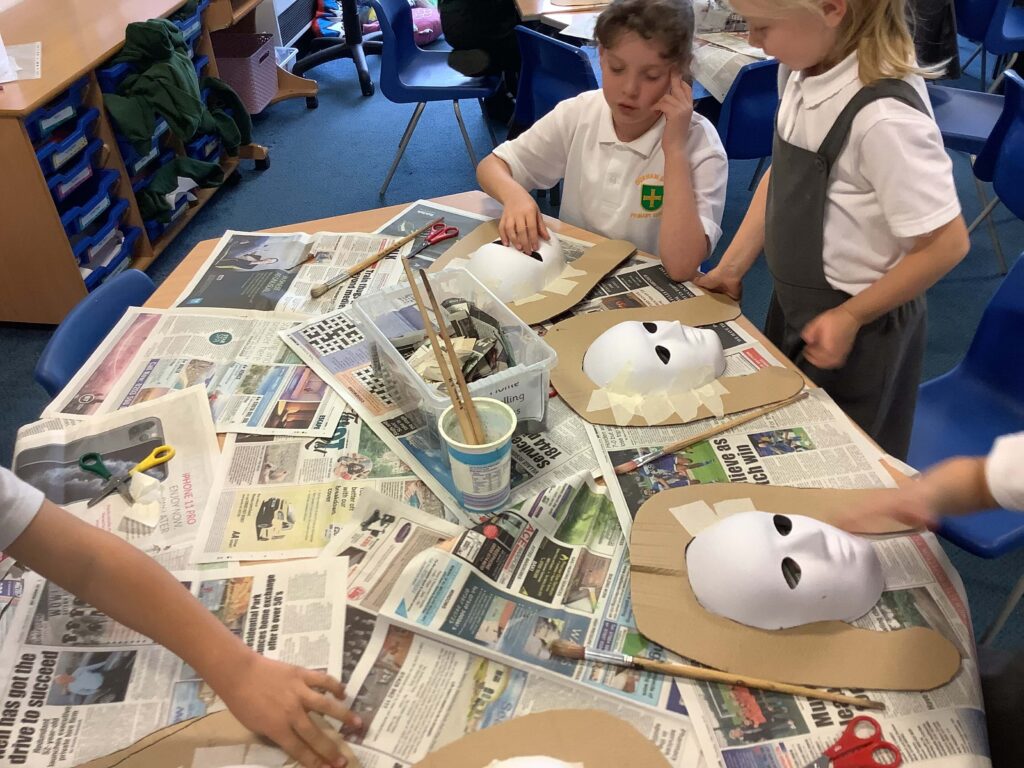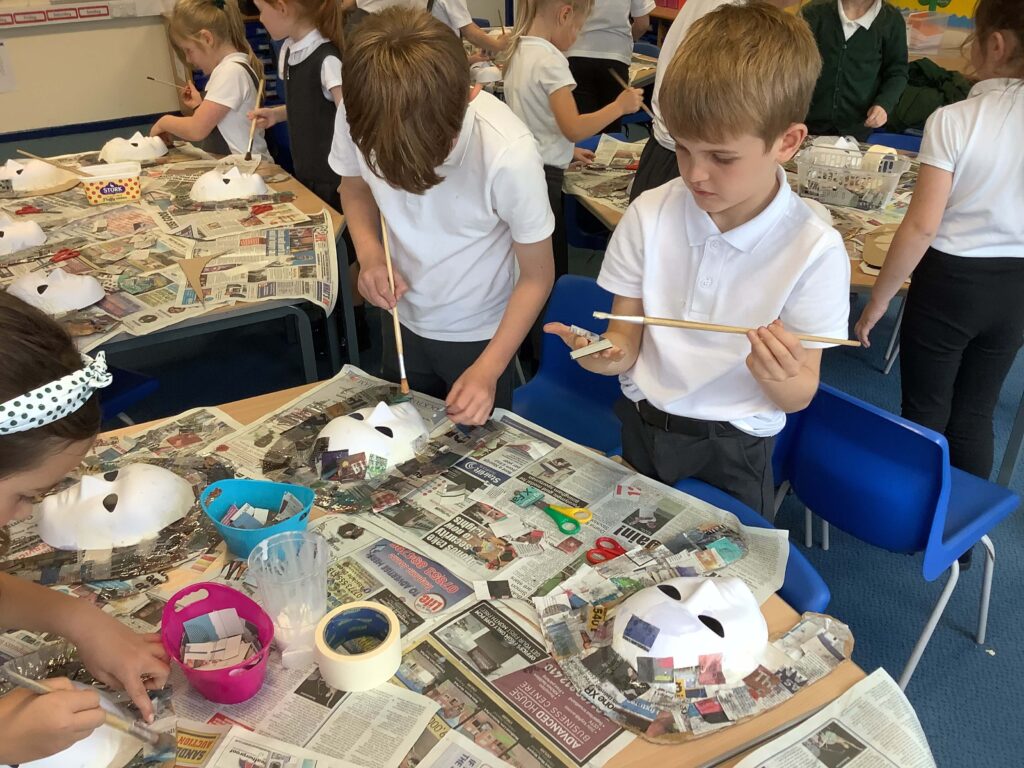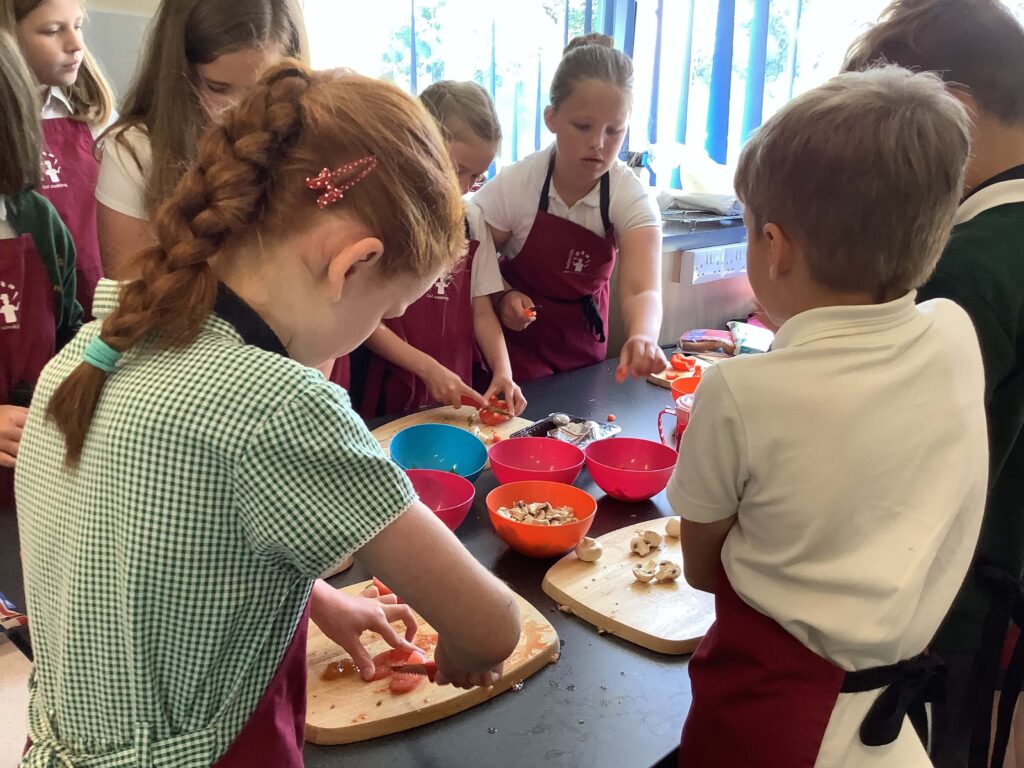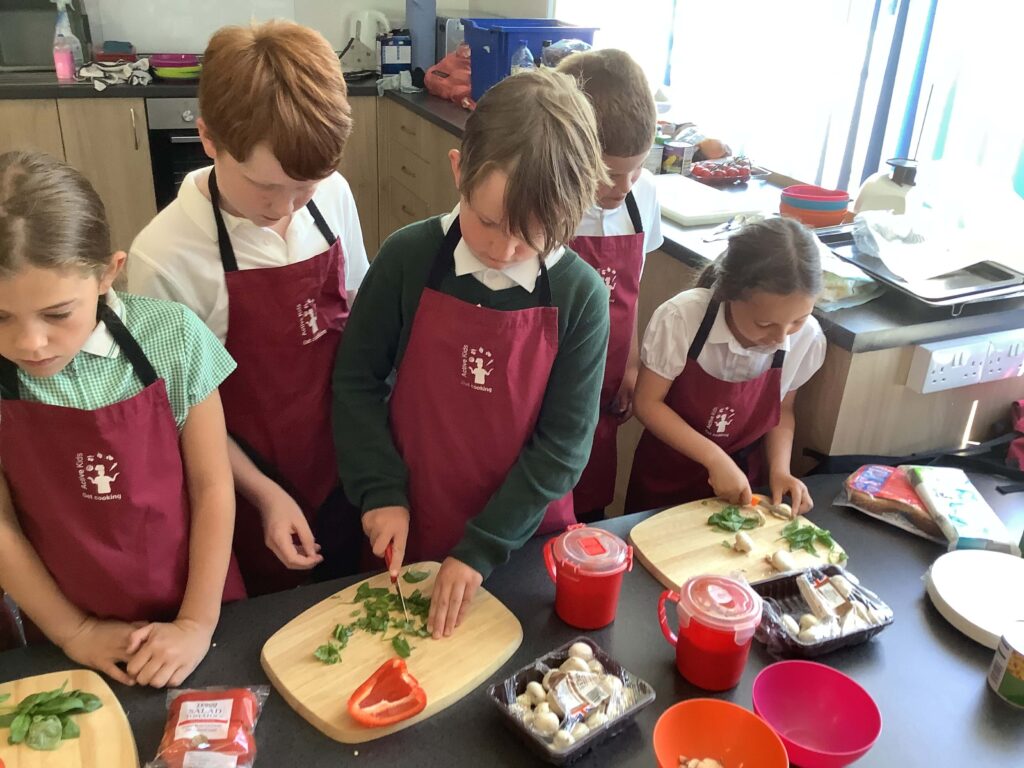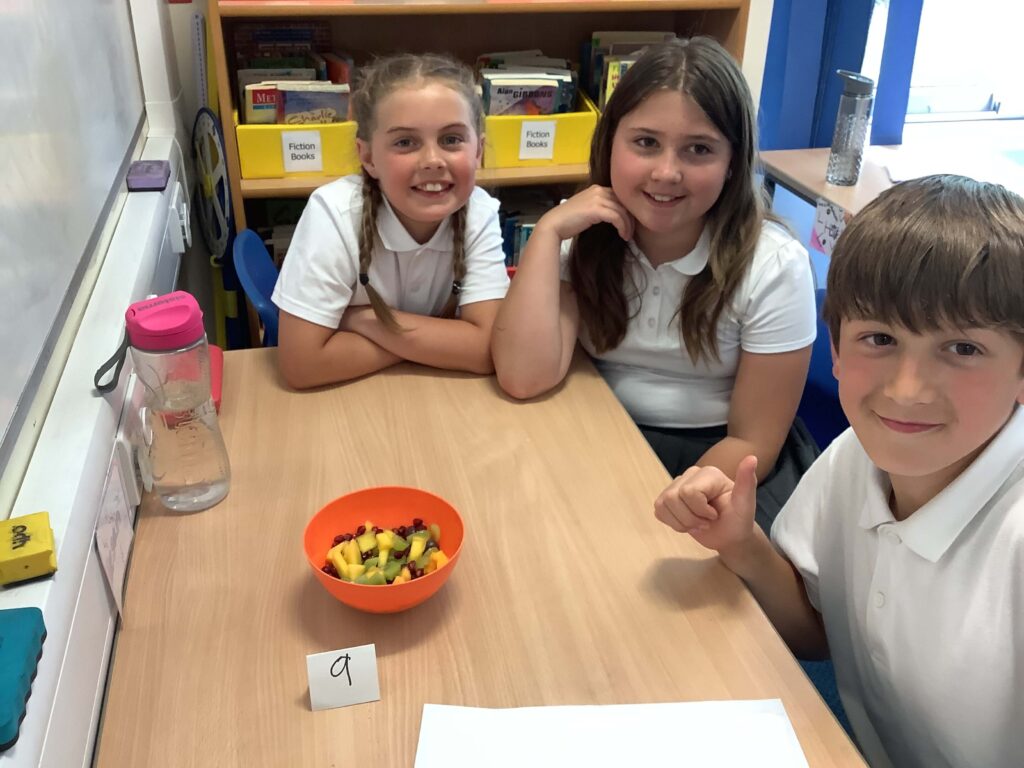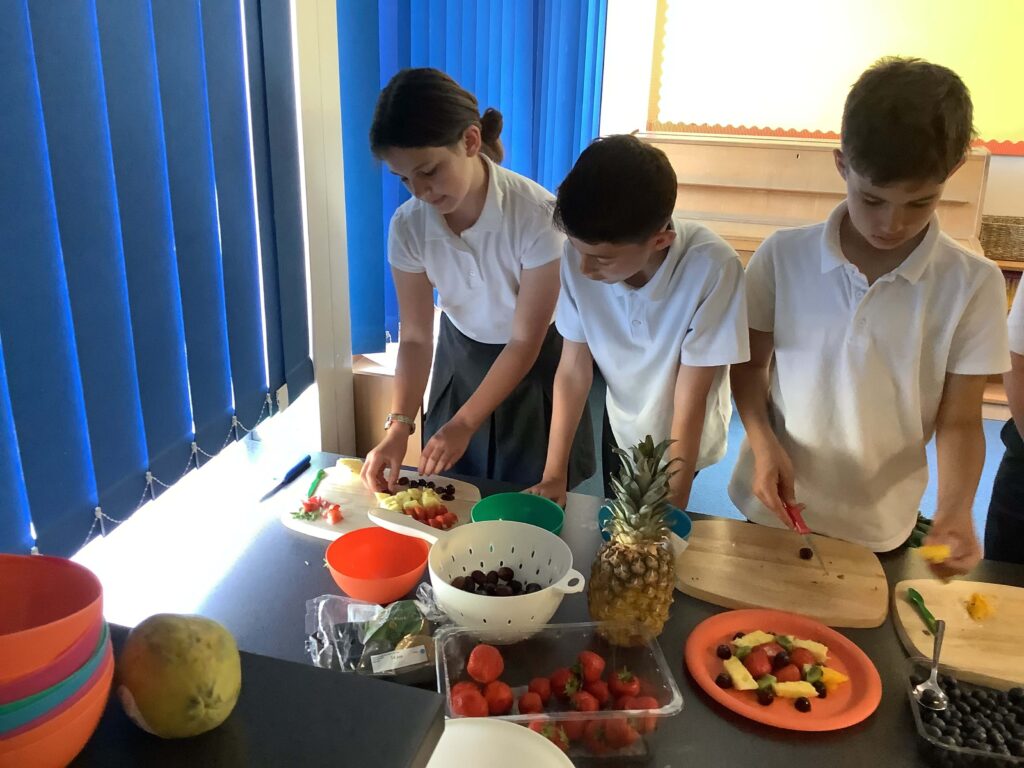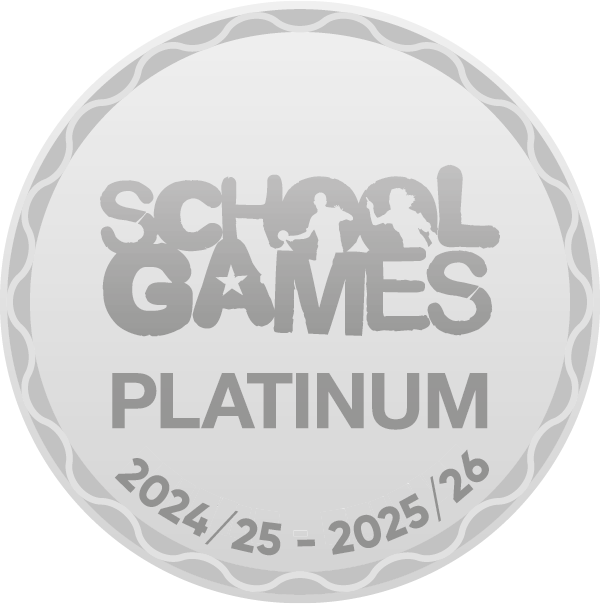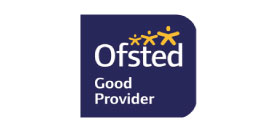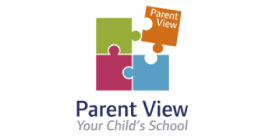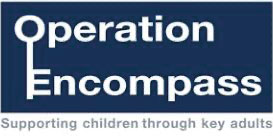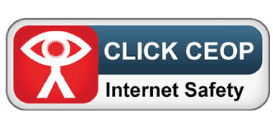Design and Technology Intent Statement
Design and Technology Subject Leader: Mrs Williams
Intent
At Durham Lane Primary School, we recognise that high-quality design and technology education makes an essential contribution to the creativity, culture, wealth and well-being of the nation. This drives us to focus on ensuring that DT is an inspiring and practical subject which provides all children with the opportunity to develop skills, knowledge and understanding of designing and making functional products (including nutrition).
Design and Technology education in a primary school setting involves two important elements and we aim to maximise opportunities to develop both of these:
- learning about how everyday things around us work and evaluating their efficacy;
- learning to design and make functional products for particular purposes and users, including how to prepare and cook food.
We feel it is vital to nurture creativity and innovation and also support our pupils as they take risks on the road to becoming resourceful and enterprising citizens who can solve problems in real and relevant contexts.
Implementation
As a school, we aim to create an inquisitive learning environment within our classrooms and reinforce the understanding that they are a supportive place to plan, implement and adapt ideas and learn. The study of DT at Durham Lane allows our pupils to safely experience the wide range of skills and knowledge encompassed by this practical subject, as laid out in our curriculum which starts in the Early Years and ends in Year 6.
The following areas are covered at each stage:
- Design
- Make
- Evaluate
- Technical knowledge – Materials/textile/structures
- Technical knowledge – Mechanisms
- Technical knowledge – Electrical systems/IT Computer control and monitoring
- Technical knowledge – Food and nutrition
Opportunities to undertake DT projects are often (but not exclusively) linked to the Durham Lane cross – curricular topics which are organised on a two- year rolling programme. The following table outlines the topics and DT projects which may be included.
Year A
| AUTUMN | SPRING | SUMMER | |
| EYFS Nursery and Reception | It’s Good To Be Me (1) Celebrations (2) | Dinosaurs (2) | Holidays (2) |
| KS1 Year 1 and Year 2 | London’s Burning (2) | Take One Picture (1) | Secret Garden (2) |
| LKS2 Year 3 and Year 4 | The Vikings (1) Christmas Lights (2) | History Rocks (1) Robots (2) | Captain Cook (1) Local Area (2) |
| UKS2 Year 5 and Year 6 | Superheroes ( 1 and 2) | Skara Brae (1 and 2) | The Rainforest (1 and 2) |
Year B
| AUTUMN | SPRING | SUMMER | |
| EYFS Nursery and Reception | It’s Good To Be Me (1) Celebrations | Space | Traditional Tales |
| KS1 Year 1 and Year 2 | Florence Nightingale and Mary Seacole | Noah’s Ark | Treasure Island (1) Locomotion (2) |
| LKS2 Year 3 and Year 4 | Egyptians (1) Sounds Of Christmas (1) | George’s Marvellous Medicine (1) | The Romans (1) |
| UKS2 Year 5 and Year 6 | Victorians (1) Electric Circuits | Healthy Me (1) Greece (1) | Natural Disasters (1) The Maya (2) |
Impact
The impact of our DT curriculum is measured by observing and assessing the children as they plan and make. As we work alongside them, we ask them about their creations and prompt them to justify and explain their decisions during the process including elements such as materials, size, joining techniques and aesthetics. We become involved in the process of evaluation and help move the children towards age and skill-level appropriate adaptations and improvements. We also encourage children to question each other and discuss their products, informing each other of successes and problems encountered. A large part of the assessment involves considering the children’s own response to the final product (are they delighted, proud, curious, disappointed, keen to try again and be even better?) as this is important as they take the next step and advance their skills.
Design and Technology Key Concepts Map
Design and Technology in Early Years Foundation Stage
Design and Technology in Key Stage One
Design and Technology in Key Stage Two


